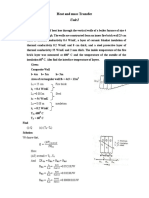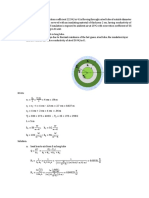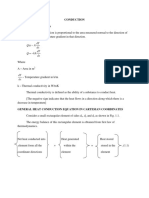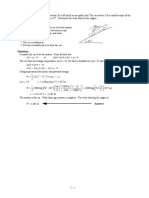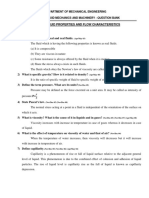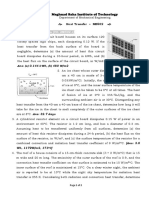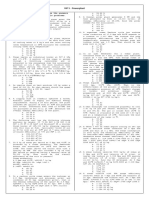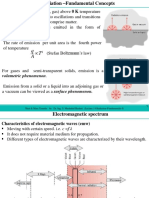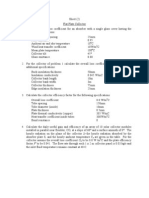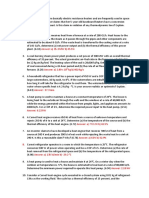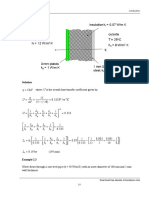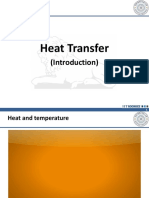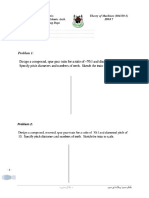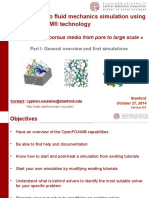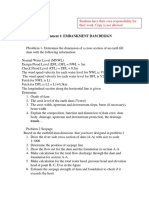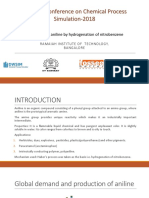0% found this document useful (0 votes)
546 views12 pagesEngineering Heat Transfer Guide
This document contains definitions and concepts related to heat transfer including conduction, convection, radiation, Fourier's law, Newton's law of cooling, and the Stefan-Boltzmann law. It provides examples to calculate heat transfer rates through conduction walls and between surfaces exchanging heat by convection and radiation. Key terms defined include thermal conductivity, heat flux, blackbody, and convection heat transfer coefficient. Sample problems are worked through applying the relevant equations to calculate unknown temperatures, heat fluxes, or overall heat transfer rates.
Uploaded by
Khojah AbdulrahmanCopyright
© © All Rights Reserved
We take content rights seriously. If you suspect this is your content, claim it here.
Available Formats
Download as PDF, TXT or read online on Scribd
0% found this document useful (0 votes)
546 views12 pagesEngineering Heat Transfer Guide
This document contains definitions and concepts related to heat transfer including conduction, convection, radiation, Fourier's law, Newton's law of cooling, and the Stefan-Boltzmann law. It provides examples to calculate heat transfer rates through conduction walls and between surfaces exchanging heat by convection and radiation. Key terms defined include thermal conductivity, heat flux, blackbody, and convection heat transfer coefficient. Sample problems are worked through applying the relevant equations to calculate unknown temperatures, heat fluxes, or overall heat transfer rates.
Uploaded by
Khojah AbdulrahmanCopyright
© © All Rights Reserved
We take content rights seriously. If you suspect this is your content, claim it here.
Available Formats
Download as PDF, TXT or read online on Scribd
/ 12


